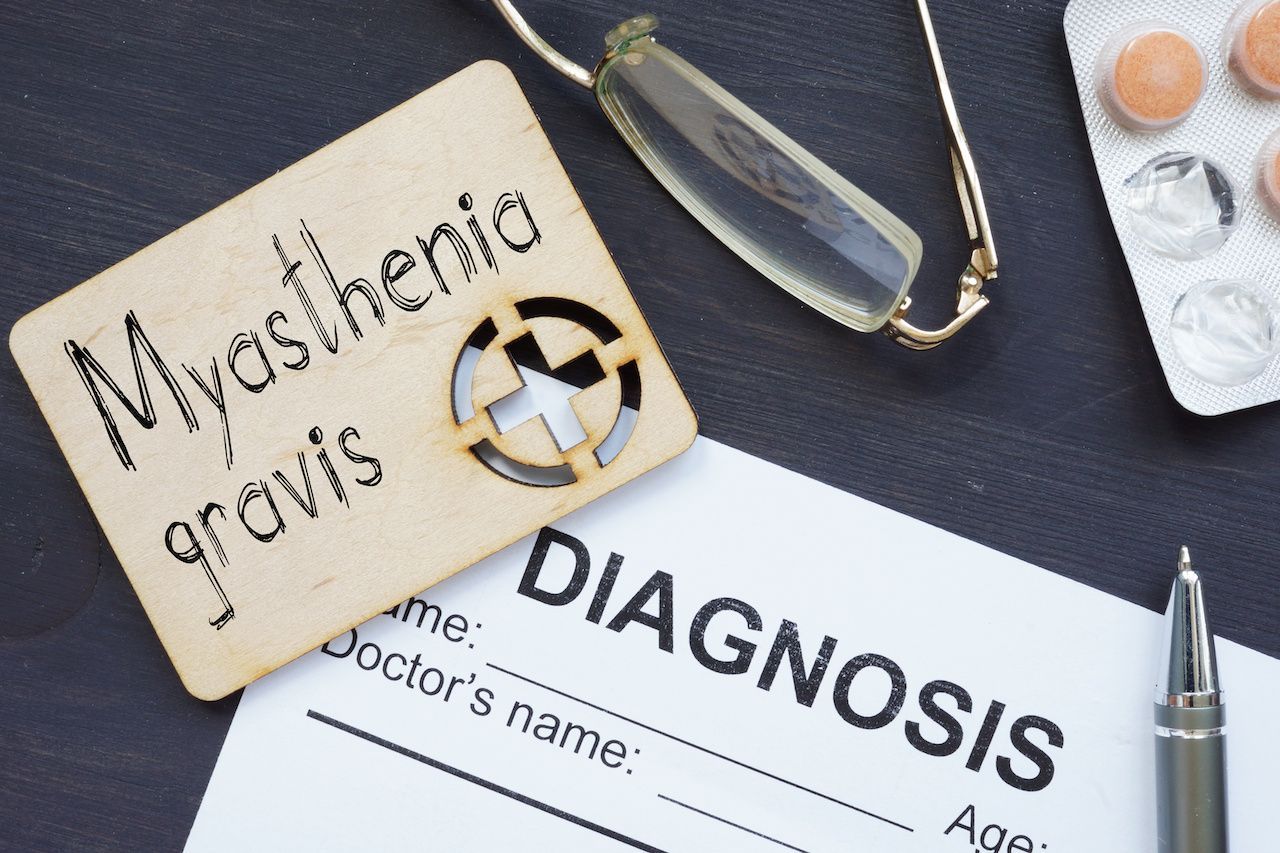- Center on Health Equity & Access
- Clinical
- Health Care Cost
- Health Care Delivery
- Insurance
- Policy
- Technology
- Value-Based Care
Pembrolizumab-Induced Myasthenia Gravis Case Points to Need for Treatment Standardization
This case report details an incident of pembrolizumab-induced myasthenia gravis in an elderly male patient being treated for urothelial cell bladder cancer.
Researchers are calling for further investigation of the adverse effects (AEs) of pembrolizumab and other members of its drug class following a case of pembrolizumab-induced myasthenia gravis in an 87-year-old male patient being treated for urothelial cell bladder cancer.1 Doing so, they believe, holds potential to help identify future patients who may have a high risk of poor outcomes with these medications.
“It is evident that although immune checkpoint inhibitors have provided effective treatment for devastating diseases, they also present the risk of untoward AEs,” the study authors published in Cureus. “This case highlights the importance of maintaining a high level of suspicion for immune-related myasthenia gravis and other immune-related AEs in patients on pembrolizumab and drugs in the same class.”
Following a 2-week history of worsening right-sided ptosis, new left-sided blurred vision, dysarthria, cervical myalgia, and ambulatory dysfunction secondary to fatigue, the patient presented to his emergency department. In addition to the urothelial cell bladder cancer, he had a history of brain tumor resection with residual right-sided cranial nerve VII palsy and immunoglogulin A (IgA) deficiency. At this point, he had been on pembrolizumab for his bladder cancer for 4 weeks.
There was no evidence of stroke, but preliminary lab results showed elevate troponins, creatine kinase, and transaminases, all of which were attributed to the pembrolizumab and indicated by a Naranjo Scale score of 6. The Naranjo Adverse Drug Reaction Probability Scale score scale ranges from –4 to 13, with a 9 and higher indicating a definite adverse drug reaction; 5 to 8, a probable reaction; 1 to 4, a possible reaction; and 0, doubtful.2 Stoppage of pembrolizumab was recommended.
At his cardiology-oncology follow-up appointment, new lab evaluations showed troponin levels remained elevated, that liver function tests and creatine phosphokinase were high, and that he had borderline tachyarrhythmia. Balance and weakness had worsened. A third hospital visit revealed new-onset atrial fibrillation, with rapid ventricular response via EKG. Repeat EKG results were unchanged.
A diltiazem infusion was started after which he was switched to metoprolol, “with good response,” the case report authors noted. However, the patient at this point exhibited bilateral restricted eye movements, decreased neck strength secondary to pain, and diminished deltoid strength. These findings alarmed this physicians, who ordered myasthenia gravis–specific antibody tests.
Myasthenia gravis diagnosis | Image Credit: Andrii - stock.adobe.com

“Anti-acetylcholine (ACh)-binding, anti–ACh-blocking, anti–muscle-specific kinase, anti–acetylcholine receptor-modulating, and anti–ENS-2 antibodies were within normal limits,” the authors wrote, following immunochemial testing.
Due to a 12% incidence of seronegativity, his clinicians still thought he may have myasthenia gravis. Because of this, the patient was initiated on a calcium channel blocker for heart rate control, pyridostigmine, and steroids. When that regimen failed, he was prescribed 10 plasma exchange sessions every other day.
“Intravenous immunoglobulin was not considered a viable treatment option given the patient's history of IgA deficiency,” the case report authors noted.
By week 4, he had slight improvement, and was prescribed physical therapy plus weekly plasma exchange on an outpatient basis. Just 1 week later, his symptoms remained at only mildly improved. The weekly plasma exchange sessions continued for 1 more month until the patient died from acute hypoxic respiratory failure following pneumonia and pulmonary edema.
The investigators noted that although the complications in this case are rare, they may start to become more prevalent with wider use of immunomodulator medications. This and the lack of insight on how to best manage immune-related myasthenia gravis has them recommending standardizing treatment guidelines for the condition, with further investigation.
“By doing so, we will gain better insight into specific immune-related AEs and thereby be able to recognize those who are most susceptible to poor outcomes,” the authors concluded. “As a result, there will be a future in which clinicians are more prepared to provide optimized therapy to patients treated with pembrolizumab or related medications.”
References
1. Kosick TI, Patel K, Jasinski J, Dada B. A case of pembrolizumab-induced myasthenia gravis. Cureus. 2023;15(9):e45455. doi:10.7759/cureus.45455
2. Adverse drug reaction probability scale (Naranjo) in drug-induced livery injury. National Institutes of Health. May 4, 2019. Accessed October 26, 2023. https://www.ncbi.nlm.nih.gov/books/NBK548069/
